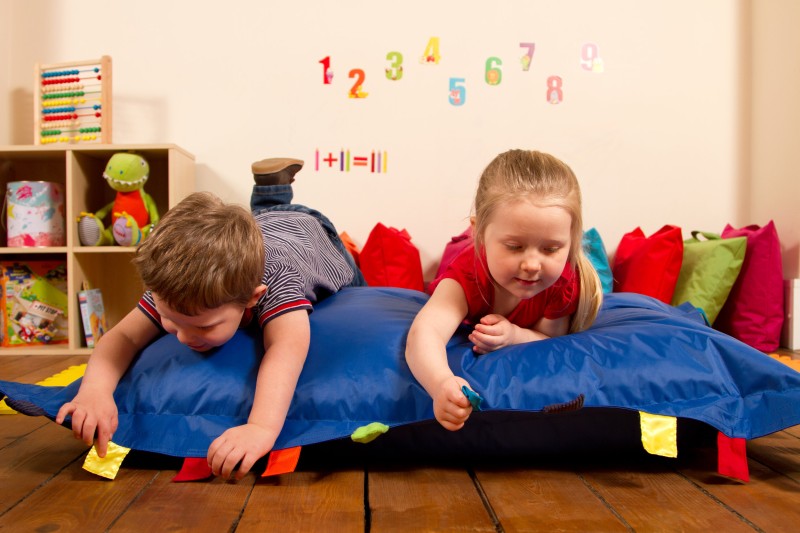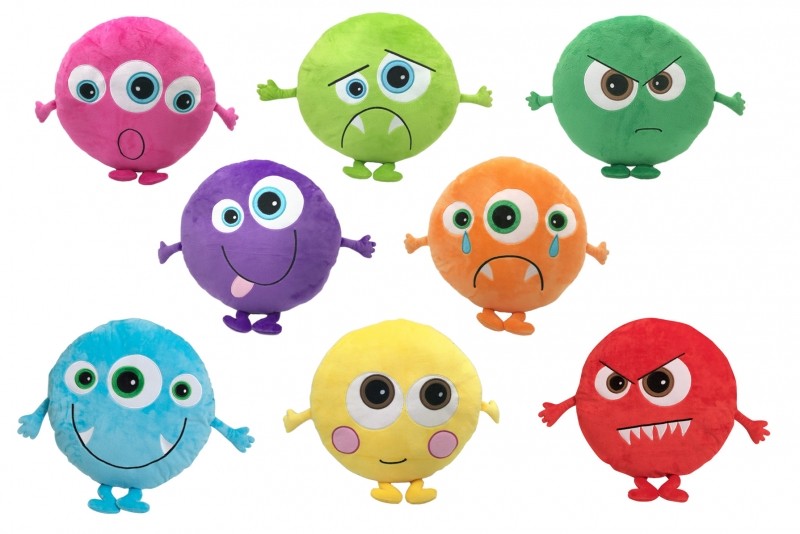For help, advice and telephone ordering call our team on 0121 666 6646
Are you sure you wish to delete this basket?()
This action cannot be undone.
Sorry, something went wrong
Please report the problem here.
The benefits of sensory rooms: create a calming space for SEND pupils

June 28th 2022
For children with special educational needs the hustle and bustle of school life can be overwhelming, so having a safe and calming haven to escape to can be hugely beneficial. Sensory rooms in schools with sensory chairs and accessories for a calming classroom reading area are a practical and effective way to provide a supportive retreat away from the disruption of a noisy classroom or busy playground. These therapeutic spaces help overstimulated, stressed or distressed pupils with autism or other special educational needs (SEND) to manage their emotions and become more engaged.
What is a sensory room?
A sensory room is a quiet space designed to stimulate, develop and relax the senses, typically with low lighting, sensory soft play and a variety of colours, sounds and aromas. They are designed to help those with sensory issues learn how to regulate their brain’s negative reactions to external stimuli by developing coping skills for these experiences. There will usually be comfortable seating, soft music, interesting objects and children are able to explore the room at their own pace, using all of their senses. These calming, non-threatening spaces help children with emotional or behavioural difficulties and can be used for therapy or counselling.
How can SEND pupils benefit from a sensory room?
Sensory rooms have an important role to play for children with autism, learning difficulties, developmental delays, sensory impairments or behavioural issues. These children often become distressed by sensory encounters such as loud noises, bright lights or food with certain textures which leads to tantrums or meltdowns. A sensory room gives pupils a space to regain control of their emotions, learn how to interact in a safe environment that builds their confidence and ability and allows their teacher to see what excites or calms them. It can also be a fun, low-stress place to work through their feelings and reactions and develop coping mechanisms for the outside world.
The importance of sensory play
All children need help learning how to use their senses but SEN children need extra support as they find it more difficult. Sensory play which stimulates all five senses is particularly important as it has a range of personal development benefits for them.
Calming effects
Time in a quiet room designed to help them regain control of their emotions has a calming effect on many SEN children. Sensory play helps pupils regulate their behaviour by working through their emotions in a safe, supportive and relaxed space which also improves their focus back in the classroom.
Socialisation
Sensory rooms encourage socialisation by allowing pupils to play, move and explore with other children in a safe, stress-free space.
Physical improvements
Sensory play improves fine motor skills, hand-eye co-ordination and body and spatial awareness.
Cognitive development
Sensory play teaches children how to process experiences and cope in situations where their reactions might otherwise become extreme. It also helps autistic pupils learn how their actions influence the world around them.
Sensory development
Sensory rooms help autistic children deal with sensory sensitivities in a relaxing, calming and stimulating environment. Sensory issues can involve hypersensitivity, where they struggle to cope with too much stimulus, or hyposensitivity, where they don’t experience the same level of intensity as others.
Improved focus
Tactile sensory cushions, supportive seats and beanbags provide a unique and stimulating environment for activities and for reading books for send pupils. Giving SEND children a tactile toy to play with can improve concentration, relieve stress and anxiety, and make them more likely to flourish.
Our sensory furniture range

Peters’ Library Design Manager Jess McCoy said: “Our sensory furniture and tactile soft-seating encourages sensory exploration, helps to reduce children’s stress and anxiety, and is the perfect addition to a sensory room. We can help bring your sensory rooms or spaces to life by helping to create and design engaging and stimulating environments."
Our collection includes bean bags, carry cushions and support seats with touch tags in six different textures and colours which allow children of all abilities to explore using sight and touch senses and develop fine motor skills. The collection also includes tactile cushion collections designed to create inviting and soothing cosy corners while enhancing social, emotional and physical development in the classroom. Our popular monster emotions cushions make thoughts and emotions easy to communicate, improve concentration and confidence and reduce stress and anxiety.




